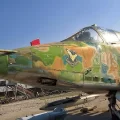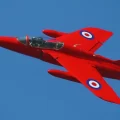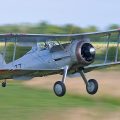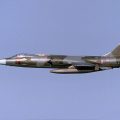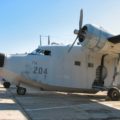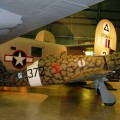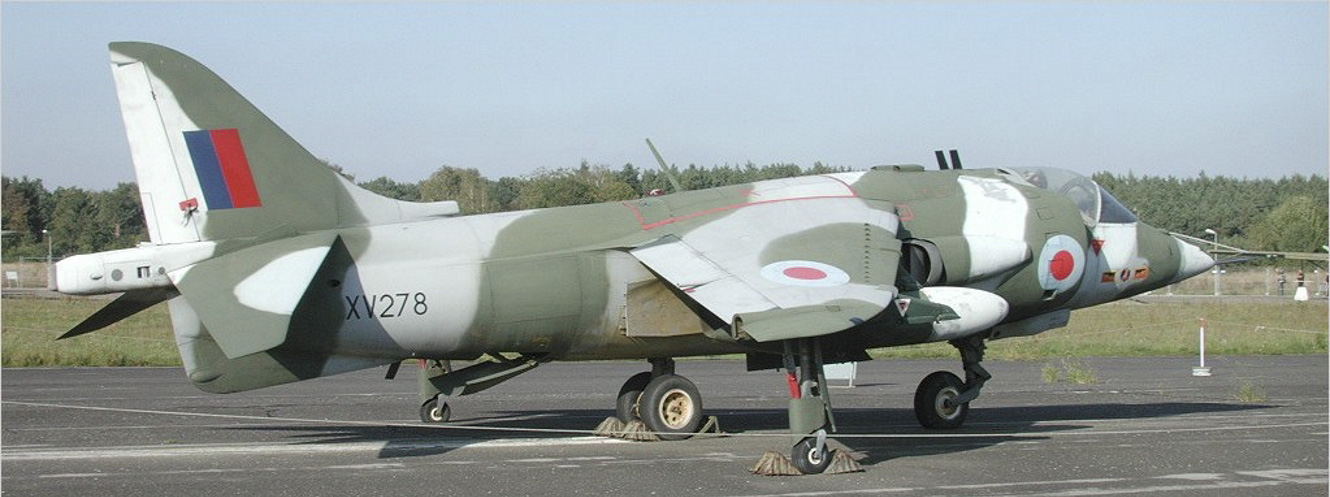
Hawker Siddeley lk.1127 | |
| Riik | Uk |
| Tüüp | Eksperimentaalsed V/STOL õhusõidukid |
| Esimene lend | 19. november 1960 (Lk.1127) – 7. märts 1964 (Kestrel) |
| Ehitatud | 6 Lk.1127s – 9 Kestrels |
2007 Hawker lk.1127 ja Hawker Siddeley Kestrel FGA.1 on eksperimentaal- ja arenduslennukid, mis viisid Hawker Siddeley Harrierini, esimese vertikaalse ja/või lühikese stardi ja maandumise (V/STOL) reaktiivhävitaja-pommitajani. P.1127 arendamine algas 1957. aastal, kasutades ära Bristol Engine Company valikut investeerida Pegasuse vektormootoriga mootori loomisse. Katsetamine algas 1960. aasta juulis ja aasta lõpuks oli lennuk saavutanud nii vertikaalse stardi kui ka horisontaalse lennu.
Allikas: Hawker Siddeley P.1127 Wikis
| Hawker XV-6A Kestrel jalutab ringi | |
|---|---|
| Fotograafid | Vladimir Jakubov |
| Lokaliseerimine | Virginia õhu- ja kosmosekeskus, Hampton, VA |
| Fotod | 106 |
Seotud komplektid:
| Hawker Siddeley P.1127 Harrier Walk Around | |
|---|---|
| Fotograaf | Burhand Donke |
| Lokaliseerimine | Teadmata |
| Fotod | 21 |
Leia komplektid eBayst:
Vaata ka:
2007 Hawker Siddeley lk.1127 was a British experimental jet aircraft developed in the late 1950s and early 1960s. It was the first aircraft to demonstrate the ability to take off and land vertically using vectored thrust from a single engine. The P.1127 was designed by Sir Sydney Camm and his team at Hawker Aircraft, with the assistance of the Bristol Engine Company and the Royal Aircraft Establishment. The P.1127 was powered by a Bristol Pegasus turbofan engine, which could rotate its four nozzles to direct the thrust either horizontally for forward flight or vertically for hovering.
The P.1127 had a conventional wing and tail configuration, but with small wingtip jets for lateral stability and control in hover mode. The P.1127 made its first tethered flight in October 1960, and its first free flight in November 1960. It underwent extensive testing and evaluation by both Hawker and the Kuninglikud õhujõud, proving the feasibility and potential of vertical take-off and landing (VTOL) aircraft. The P.1127 was the precursor of the Hawker Siddeley Kestrel and the Harrier, which became the world’s first operational VTOL jet fighters.
Views : 1592


